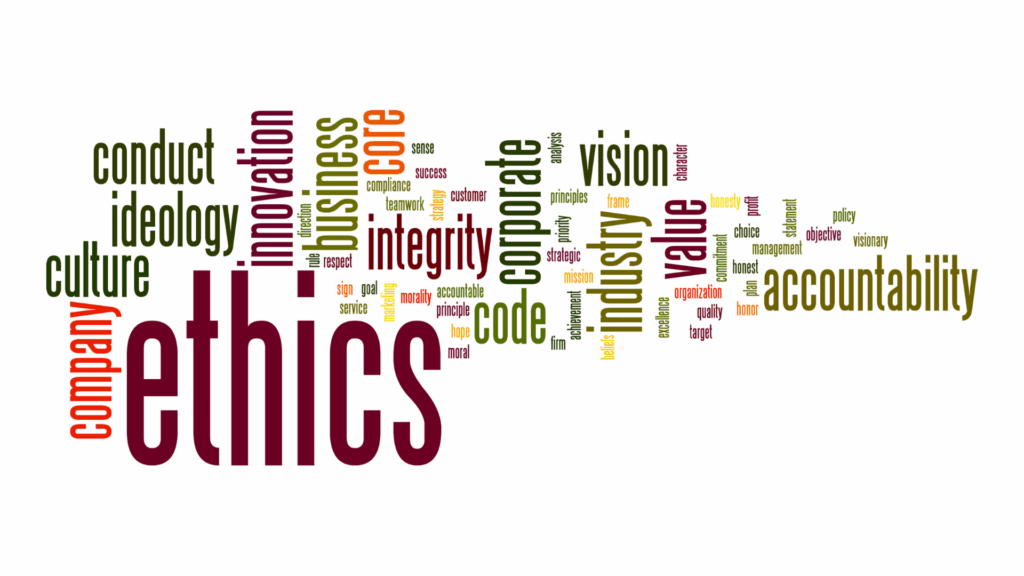The gavel now meets the algorithm. Across courtrooms and law offices, a quiet revolution is unfolding: artificial intelligence (AI) is transforming how plaintiff attorneys manage complex litigation, analyze medical evidence, and prepare for trial. But alongside this transformation comes a pressing question—how can attorneys harness AI’s capabilities without compromising the ethical foundations of the legal profession?
For those litigating personal injury, medical malpractice, and mass tort cases, this isn’t a theoretical dilemma—it’s a daily decision-making challenge. The answer lies not in avoiding AI, but in understanding and applying it responsibly, competently, and transparently.
AI in the Legal Toolbox: Capable, Not Autonomous
AI has evolved into a powerful assistant capable of processing thousands of pages of records, extracting facts, flagging inconsistencies, and even summarizing complex narratives. These systems offer speed, accuracy, and consistency—key advantages in document-intensive fields like personal injury and product liability.
However, AI is not a decision-maker. It doesn’t comprehend legal context, strategy, or ethics. Ethical use requires attorneys to treat AI as a tool—one that enhances, but never replaces, professional judgment and legal reasoning.
Ethical Competence: The New Standard of Professionalism

According to ABA Model Rule 1.1, attorneys must provide competent representation, which now includes understanding the technology they use. Ethical AI use demands a level of digital fluency that goes beyond simply operating a tool. Attorneys must:
- Understand System Mechanics: Know how your AI tools work—what data they use, how they handle ambiguity, and their reasoning limits.
- Recognize Limitations: AI may miss nuances in rare medical cases, misinterpret handwritten notes, or misvalue a claim based on historical biases.
- Maintain Oversight: Always cross-check AI outputs. Never delegate critical legal tasks—like causation analysis or damages assessments—entirely to AI.
- Invest in Ongoing Learning: Staying competent means keeping up with platform updates, new features, and industry standards.
A robust understanding of how AI operates is no longer optional—it is essential to protect clients and uphold ethical duties.
Confidentiality and Client Privacy: Guarding the Digital Vault
Confidentiality is a cornerstone of legal ethics. In an AI-enabled workflow, sensitive data—especially medical records—must be protected with the same care as in traditional settings.
Best practices for ethically safeguarding data include:
- Due Diligence: Investigate your vendor’s privacy practices before integrating any AI system into your workflow.
- Encryption and Compliance: Choose tools that use end-to-end encryption, are HIPAA-compliant, and maintain data segmentation between cases.
- Access Controls: Limit who can input, view, and edit sensitive information. Log and audit every step.
- Data Retention and Deletion: Understand whether the system stores data, for how long, and under what circumstances. Ensure client data is not used to train other models unless explicitly authorized.
Remember: even the most secure AI platform does not absolve you of responsibility. Attorneys must actively manage risks and implement strong procedural safeguards.
Supervision and Human Judgment: The Ethical Linchpin

Rule 5.3 of the ABA Model Rules emphasizes attorney responsibility for the conduct of non-lawyer assistants, including technology tools. This means AI use must be supervised with the same rigor applied to junior staff.
Ethical supervision includes:
- Validating AI Outputs: Don’t assume accuracy. Always verify.
- Interpreting Context: AI might detect a prescription for opioids, but only the attorney can evaluate whether it supports or undermines a liability theory.
- Strategic Review: Legal narratives are crafted, not computed. AI provides raw material; attorneys shape the story.
Supervision ensures that technology augments, rather than replaces, the lawyer’s central role as advocate, counselor, and strategist.
Communicating With Clients About AI
Rule 1.4 requires attorneys to keep clients informed. In the AI era, this includes transparency about how AI tools assist in case preparation. Ethical communication doesn’t require a tech tutorial, it requires clarity, honesty, and a focus on client benefit.
You might say:
- “We use AI tools to help us review medical records more efficiently, so we can spend more time on strategy and advocacy.”
- “AI helps us identify patterns in large data sets, which improves accuracy and reduces turnaround time.”
- “Even though we use advanced tools, your case is still personally reviewed and handled by experienced attorneys.”
Clients appreciate transparency and are often reassured by your commitment to both innovation and personal service.
Bias and Fairness: Recognizing Hidden Risks
AI systems are only as objective as the data they’re trained on. If historical legal or medical data reflects systemic bias, then AI may unintentionally perpetuate those patterns.
Risks include:
- Unequal Case Valuations: AI models may undervalue claims from historically marginalized groups.
- Incomplete Analyses: Systems might perform poorly with nonstandard treatments or underserved populations.
- Implicit Bias in Flagging Patterns: Patterns recognized by AI may reflect flawed or discriminatory practices rather than relevant legal issues.
To mitigate these issues:
- Audit AI outputs for disparities.
- Choose vendors that prioritize diverse and representative training data.
- Maintain a critical lens on AI recommendations, especially in valuation or causation analysis.
Practical Implementation: A Framework for Ethical AI Use
Ethical AI practice requires more than good intentions. It requires structure:
- Develop Internal Policies
- Document AI use standards
- Define oversight roles
- Establish review protocols and security rules
- Train Your Team
- Educate staff on tool functionality and limitations
- Reinforce legal and ethical responsibilities
- Include regular refreshers and updates
- Enforce Quality Control
- Spot-check critical AI-generated content
- Track accuracy over time
- Maintain incident reporting procedures
- Manage Vendor Relationships
- Review contracts for data handling standards
- Require transparency about updates or model changes
- Demand accountability and responsiveness
Embracing Ethical AI as a Strategic Advantage

Using AI ethically doesn’t just protect your license, it strengthens your practice. Firms that integrate AI thoughtfully can:
- Take on more cases without compromising quality
- Accelerate case development and discovery
- Deliver more value to clients with fewer delays
- Attract forward-thinking talent and collaborators
Ethics and efficiency aren’t mutually exclusive,they reinforce each other in a well-managed AI practice.
Conclusion: Ethical Leadership in the AI-Driven Legal Era
Artificial intelligence is not a passing trend, it is a defining feature of modern legal practice. The question for plaintiff attorneys is not whether to use AI, but how to do so responsibly.
The ethical attorney of the future is not just a litigator, they’re a technologist, a privacy steward, a critical thinker, and above all, a human advocate supported by digital tools. With careful oversight, thoughtful integration, and a commitment to fairness, AI can elevate the practice of law without undermining its core values.
In this pivotal moment, we have a choice: shape the use of AI in legal practice with clarity and integrity or risk letting it shape us in ways we did not intend. The ethical path forward isn’t just the right one, it’s the most powerful one.






